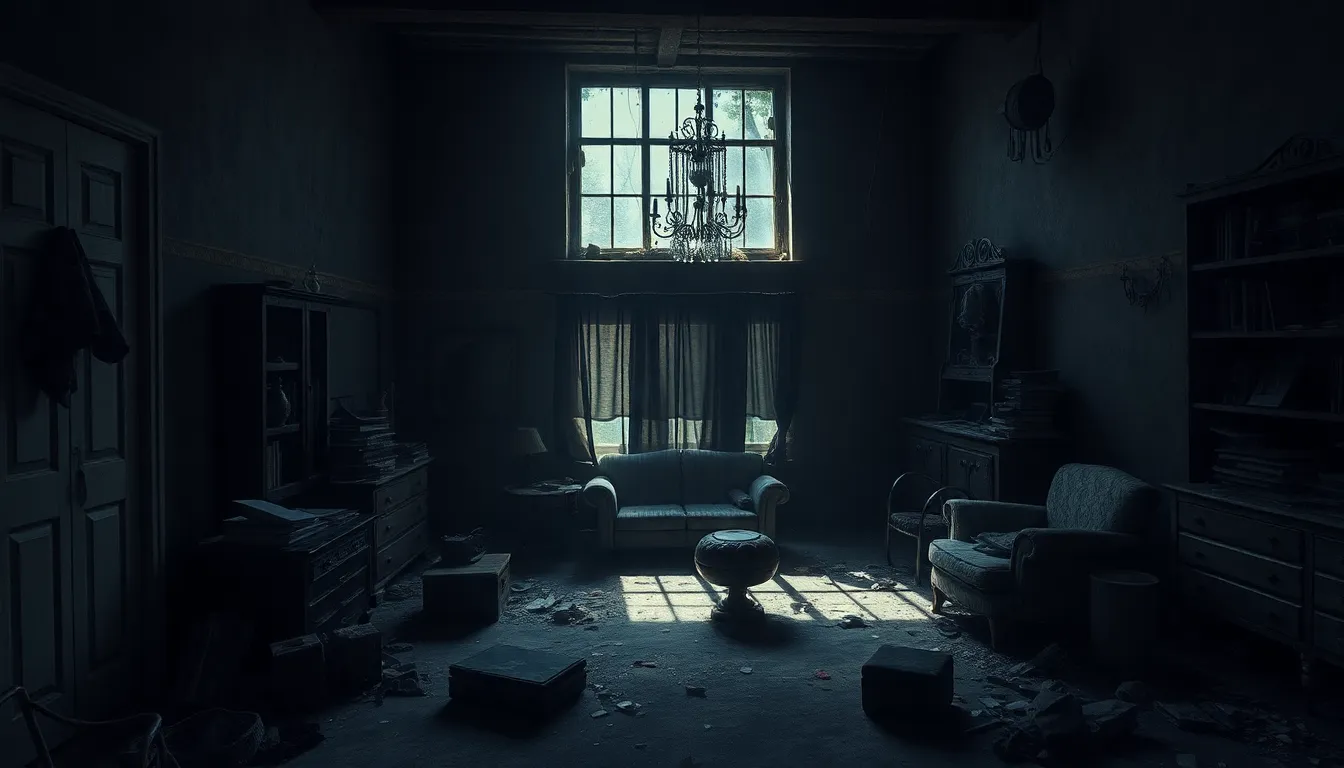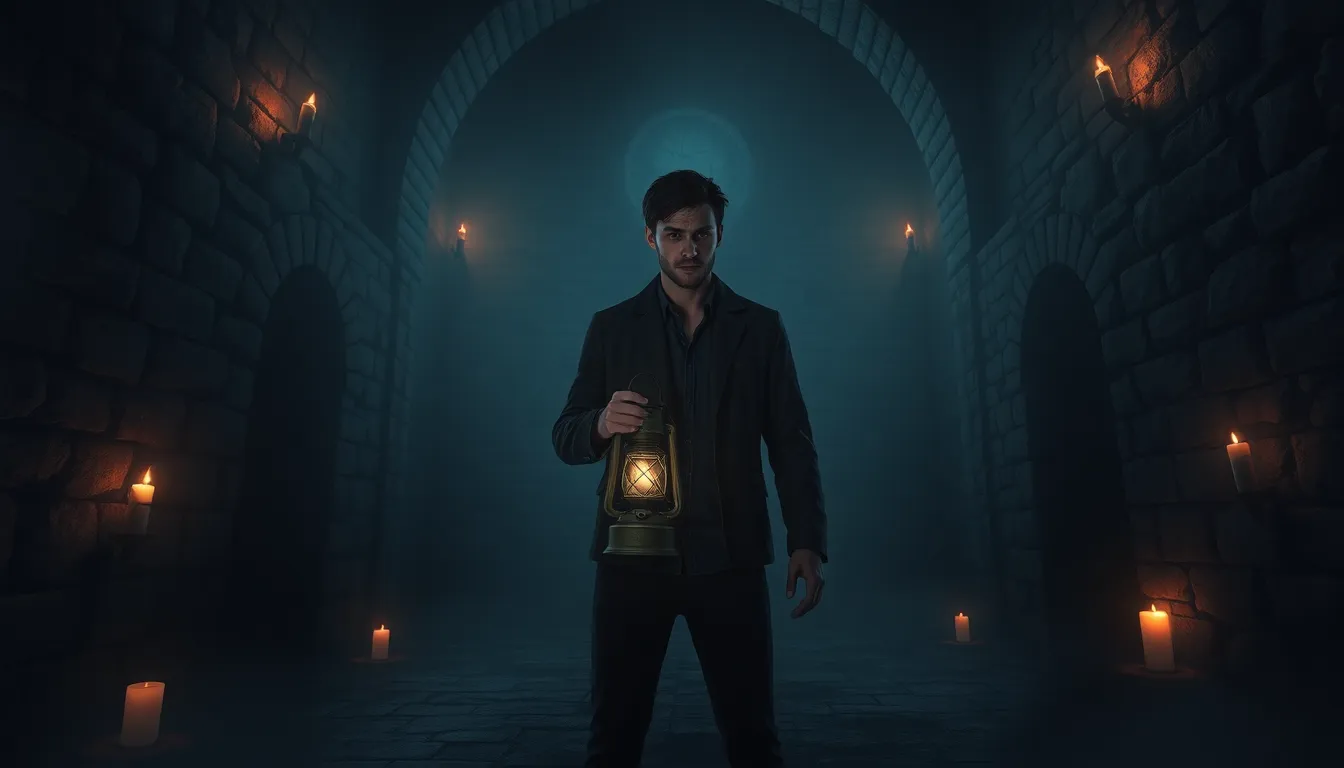In a world where jump scares are as common as coffee breaks, innovative horror games are stepping up to deliver spine-chilling experiences that are anything but predictable. Gone are the days of simply wandering through dark hallways, waiting for a ghost to pop out. Today’s developers are crafting narratives that ensnare players in psychological webs, blending storytelling with gameplay in ways that’ll have them questioning their sanity—and their choice of snacks.
Table of Contents
ToggleOverview of Innovative Horror Games
Innovative horror games reshape player expectations by focusing on story-driven experiences. They emphasize psychological tension over traditional scare tactics. Compelling narratives immerse players in unpredictable plots that keep them guessing. Game mechanics often encourage exploration and decision-making, adding depth to the horror experience.
Several notable titles exemplify this trend. Amnesia: The Dark Descent introduces players to an environment that heightens anxiety through dark settings and limited resources. Outlast immerses players in a terrifying narrative where escape becomes more essential than combat.
Unique gameplay elements enhance immersion. Games like Silent Hill 2 explore themes of guilt and grief, intertwining character development with horror elements. Meanwhile, Soma blends science fiction with existential horror, prompting players to confront moral dilemmas within an eerie atmosphere.
Sound design plays a crucial role in crafting these experiences. Effective use of silence and unsettling audio cues increases tension, making players hyper-aware of their surroundings. Visually striking art styles also contribute, with some titles adopting surreal aesthetics that challenge perceptions of reality.
Innovative horror games invite players to reflect on their fears while navigating unsettling worlds. They encourage emotional connections with characters and plotlines, resulting in a more profound gaming experience. By moving beyond simple scares, developers create atmospheres that resonate long after the game ends. This approach defines the future of the horror genre, ensuring it remains relevant in a rapidly evolving gaming landscape.
Unique Gameplay Mechanics

Innovative horror games are redefining traditional gameplay through unique mechanics that immerse players in unsettling worlds.
Environmental Storytelling
Environmental storytelling conveys narratives without direct exposition. Elements like decaying environments, shattered objects, and abandoned spaces provoke curiosity and fear. Players piece together stories through visual cues that reveal past events. For example, Amnesia: The Dark Descent employs historical remnants to enhance its eerie atmosphere. In Resident Evil 7, the homestead’s dilapidated state reflects the horrors within, inviting players to explore each area for clues. This method fosters engagement, allowing players to interact with their surroundings meaningfully.
Psychological Elements
Psychological elements create deep emotional connections with players. Through character development, games like Silent Hill 2 pit players against their inner demons. Choices often lead to moral dilemmas, challenging players’ perceptions of right and wrong. Soma introduces themes of consciousness, provoking thought about identity and existence. Such complexities drive players to confront their fears, highlighting the personal struggles that underpin the horror experience. By emphasizing psychological tension over mere scares, these games invoke lasting thought and reflection.
Notable Titles in the Genre
Innovative horror games redefine player experiences through engaging narratives and unique mechanics. Below are notable titles that exemplify these advancements.
Game 1: Description and Features
Amnesia: The Dark Descent immerses players in a psychological nightmare where they must navigate a dark and foreboding castle. The game emphasizes exploration and puzzle-solving over combat, heightening tension as players unravel its mysteries. Players encounter a sanity system that deteriorates in darkness, forcing them to confront their fears. Environmental storytelling reveals the chilling past through visual cues, creating a haunting atmosphere that lingers.
Game 2: Description and Features
Outlast places players in the shoes of a journalist investigating an abandoned psychiatric hospital. Utilizing a first-person perspective, it builds suspense through stealth mechanics, leaving players vulnerable and unarmed. The unsettling visuals and chilling sound design enhance the fear factor, pushing players to flee from terrifying foes. By incorporating a night-vision camcorder, the game heightens the sense of dread, forcing players to navigate both darkness and impending danger.
The Role of Technology in Horror
Technology significantly enhances the horror gaming experience. It evolves storytelling and immersion methods, allowing players to engage with narratives on deeper levels.
Virtual Reality Experiences
Virtual reality (VR) immerses players fully in horror settings, creating a visceral connection to the gameplay. Titles like Resident Evil 7 leverage VR technology to increase tension and fear, placing players directly in terrifying scenarios. Players confront terrifying monsters and chilling environments firsthand, heightening their overall emotional response. This technology reshapes how players interact with game worlds, making every sound and movement more impactful. Fine-tuning graphics and using motion tracking, developers enhance realism and encourage players to feel as if they truly inhabit these horrifying worlds.
AI and Procedural Generation
Artificial intelligence (AI) transforms enemy behavior in innovative horror games. Intelligent antagonists adapt to player actions, creating unpredictable encounters that maintain tension throughout. Procedural generation introduces unpredictability in game environments, allowing for diverse playing experiences. Each playthrough offers unique challenges, ensuring no two experiences are the same. Games like Phasmophobia utilize these technologies to cultivate immersive, suspenseful gameplay that keeps players engaged and on edge. Dynamic interactions based on player choices further enhance emotional investment, deepening the thrill and complexity of horror narratives.
Future Trends in Horror Gaming
Emerging trends in horror gaming signal a shift toward even more immersive experiences. Enhanced realism in graphics allows developers to create chilling environments that feel almost tangible. Natural language processing technologies improve interaction between players and in-game characters, leading to realistic dialogues that heighten emotional engagement.
Advancements in artificial intelligence increase unpredictability in enemy behavior. Games now feature smarter NPCs that adapt to players’ strategies, creating dynamic encounters. This evolution gives players a more personalized experience, challenging them to think critically about their decisions within the game.
Furthermore, virtual reality continues to redefine horror gaming. Experiences like Resident Evil 7 allow players to physically navigate terrifying scenarios, significantly increasing fear levels. Players can face horrifying monsters in a way that traditional gaming can’t replicate, making the horror feel immediate and personal.
Multiplayer options gain prominence as well, fostering collective fear among players. Titles like Phasmophobia utilize teamwork mechanics to enhance the tension, encouraging social interactions that amplify anxiety during gameplay. Cooperative experiences provide a unique layer of horror, as players rely on one another to survive terrifying situations.
Chasing after user-generated content also stands out as a key trend. Developers empower communities to create additional scenarios and monsters, broadening the life of games. This flexibility helps maintain player interest and can lead to unexpected innovations within established titles.
Storytelling methods evolve with a focus on non-linear narratives. Games invite players to make meaningful choices, resulting in varied paths and outcomes. By empowering players to shape the story, developers create deeper connections, emphasizing emotional resonance and investment in characters and plots.
The landscape of horror gaming is undergoing a thrilling transformation. As developers embrace innovative storytelling and immersive gameplay, players find themselves drawn into experiences that challenge their perceptions and emotions.
With advancements in technology and unique gameplay mechanics, horror games are no longer just about scares. They invite players to explore psychological depths and moral dilemmas, creating connections that linger long after the final credits roll.
As the genre continues to evolve, it promises even more engaging and thought-provoking experiences. Innovative horror games are set to redefine what it means to be scared, ensuring that the future of horror remains as captivating as it is terrifying.

